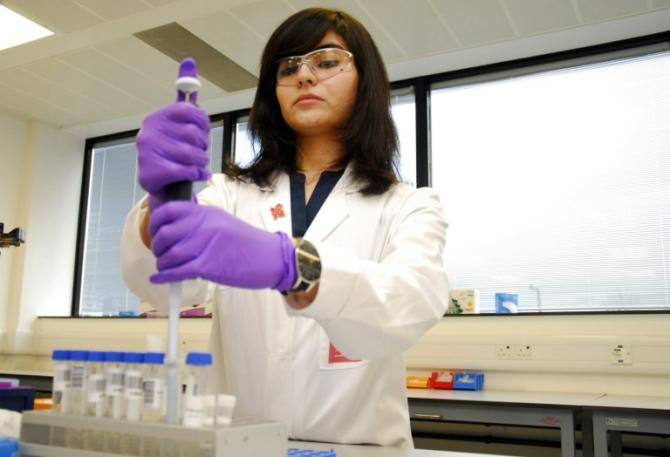Cycling third most tested sport in 2015, WADA report finds
Anti-doping agency releases testing figures for 2015

Cycling was the third most tested sport in 2015, according to a report recently released by the World Anti-doping Agency (WADA) that detailed anti-doping testing figures across sports.
The 274-page report compiles data on samples analyzed by WADA-accredited laboratories and included in Anti-Doping Administration and Management System (ADAMS). With 303,369 samples analysed in 2015 across all sports, the number of tests has risen by a 5.3 percent from 2014.
According to the report, cycling is third most tested sport among those included in ADAMS system. With 22,652 tests conducted in 2015 (181 more than in 2014), the discipline falls behind only football (32,362) and athletics (30,308).
This includes 13,616 urine and 694 blood in-competition tests, as well as 7,238 urine and 1,104 blood out-of-competition tests. According to the data presented by the UCI, 656 tests (482 blood and 174 urine) were conducted only during 2015 Tour de France.
Road cycling is the leader of testing table with 11,559 samples recorded for this discipline, over four times more than track cycling (2,521 samples) and mountain bike (2,187), while 773 tested samples come from cyclo-cross riders. These figures do not reflect the total number of tests conducted per discipline, as 5,086 samples are further put into “cycling” subcategory and are not assigned to any specific discipline.
Responding to an email enquiry about this division, WADA explained that the "cycling" subcategory is a “catch-all name used in WADA’s Anti-Doping Administration and Management System (ADAMS) to allow Laboratories to report sample results in which the discipline was not provided to the Laboratory by the Testing Authorities."
Among the Association of Summer Olympic International Sports Federations, International Cycling Union (UCI) is classified as the leader in terms of testing, with 7,935 sample tests authorized in 2015.
The latest race content, interviews, features, reviews and expert buying guides, direct to your inbox!
Among 22,652 samples, 244 were marked as Adverse Analytical Findings (AAFs), compared with 221 in 2014. This. however, does not represent the number of anti-doping rules violations, as TUE cases and longitudinal studies, as well as multiple tests relating to one athlete may be included prior to results management process.
